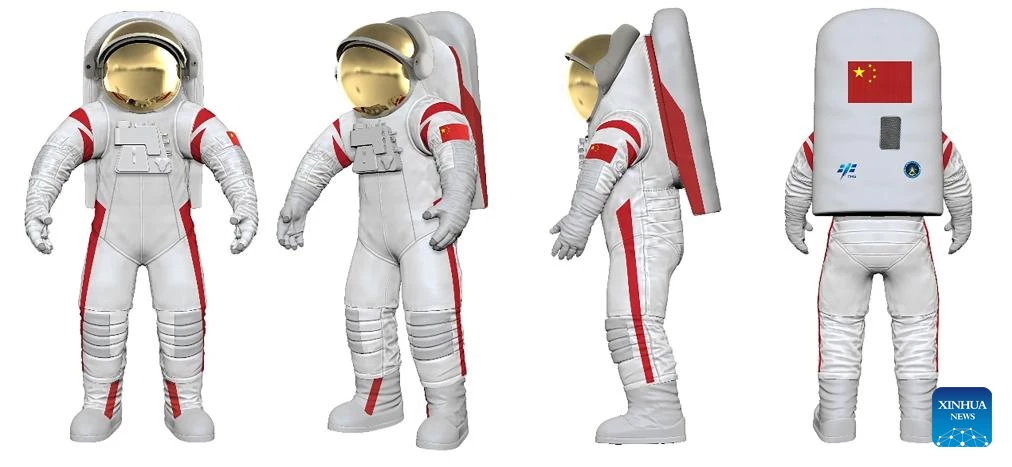China is planning to put people on the Moon around 2030 and is showing off the new space suits they'll be wearing. At a media event, the China Manned Space Agency (CMSA) had two astronauts put the suits through their paces for the cameras.
According to current plans, the CMSA intends to land on the Moon somewhere near the lunar south pole by the end of the decade using its Mengzhou crewed spacecraft and the Lanyue crewed lunar lander. However, getting to the Moon isn't much of an achievement if you can't step outside for a stroll, so space suits are as important as the spacecraft and lander.
It's a big challenge because, outside of experimental and development projects, there haven't been any lunar space suits used since the Apollo era that ended with Apollo 17 in 1972. Today, space suits are divided into emergency suits designed to protect the crew during launch and reentry in the event of a loss of air pressure, and more complicated EVA suits that are made of more robust materials and more flexible joints to allow astronauts to leave the spacecraft in orbit and protect them against the harsh environment of open space.
Moon suits are a completely different animal. Not only must the suit protect the wearer against vacuum, the heat and cold of the lunar surface, and the impact of micrometeorites, it has to ward off the clinging, highly abrasive lunar dust and the heat of the ground that can be as hot as boiling water when in the sunlight and can melt boot covers, as happened during Apollo. Added to this, the joints of the suit must provide enough flexibility so the wearer can walk and do practical work and it has to have an efficient, self-contained life support system that makes a space suit a human-shaped spaceship.
Unveiled at the third Spacesuit Technology Forum at the China Astronaut Research and Training Center in southwest China's Chongqing Municipality, the new suit was walked out by astronauts Zhai Zhigang and Wang Yaping on a stage marked by an expansive video screen, starry sets, and a fog machine. Meanwhile, Yang Liwei, deputy chief designer of China's manned space program and China's first astronaut handled the speaking part.
The suit, made distinctive by the red stripes on the arms inspired by traditional Chinese art and the ones on the legs inspired by rocket flames, was put through its paces before the audience as the astronauts bent, squatted, walked, went on one knee, and climbed a ladder to demonstrate its mobility. From the umbilicals trailing from the suits and the ease with which the pair moved, it's likely that the life support system was left out to reduce weight under Earth's gravity, which is six times that of the Moon.

There weren't a lot of technical details about the suit beyond its having a multifunctional integrated control panel, flexible and reliable gloves, cameras, and a panoramic glare-proof helmet visor. However, we can make a few deductions from the general layout of the suit, which is obviously based on the Chinese Feitian space suit that was based, in turn, on the Soviet/Russian Orlan space suit that was originally flown on the Salyut space station missions and the latest variant of which is still used on the International Space Station (ISS).
Like the Orlan, the new Chinese suit likely has a solid torso and soft limbs, with entry through a back panel that also includes the life support system. The similarity derives from China importing Orlan-M suits around 2000 as part of its Shenzhou crewed orbital program. If the new suit has similar specs, it should weigh in around 120 kg (260 lb) when fully equipped, have a duration of eight hours on its internal systems, and be good for at least 15 uses.
The unnamed suit will get its moniker after a call for public submissions.
Source: Xinhua









